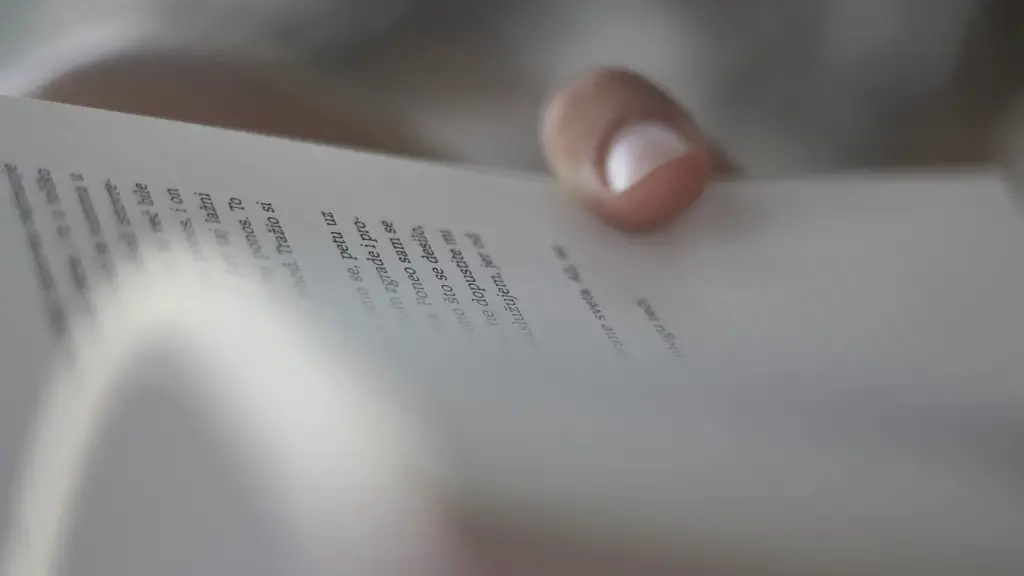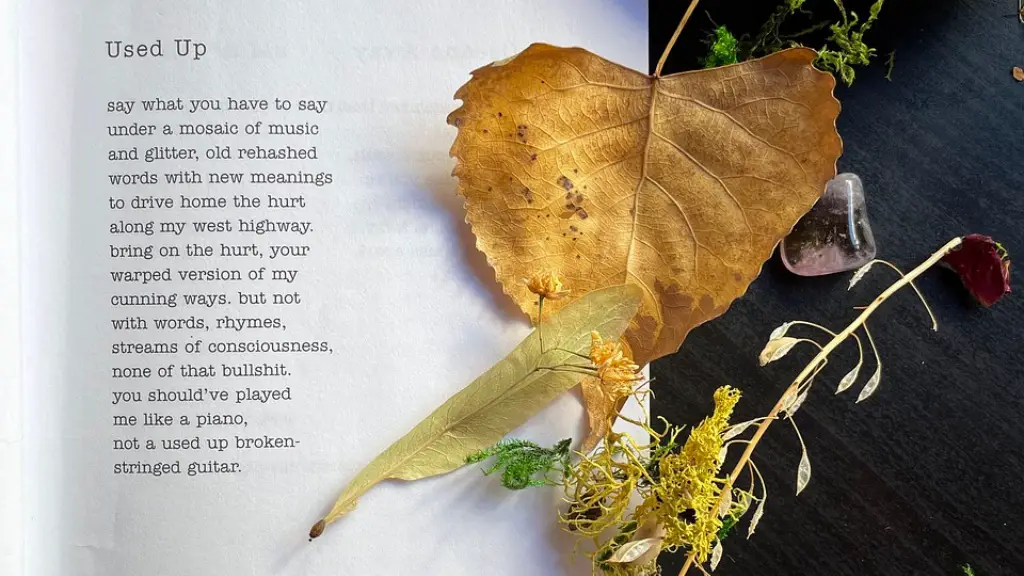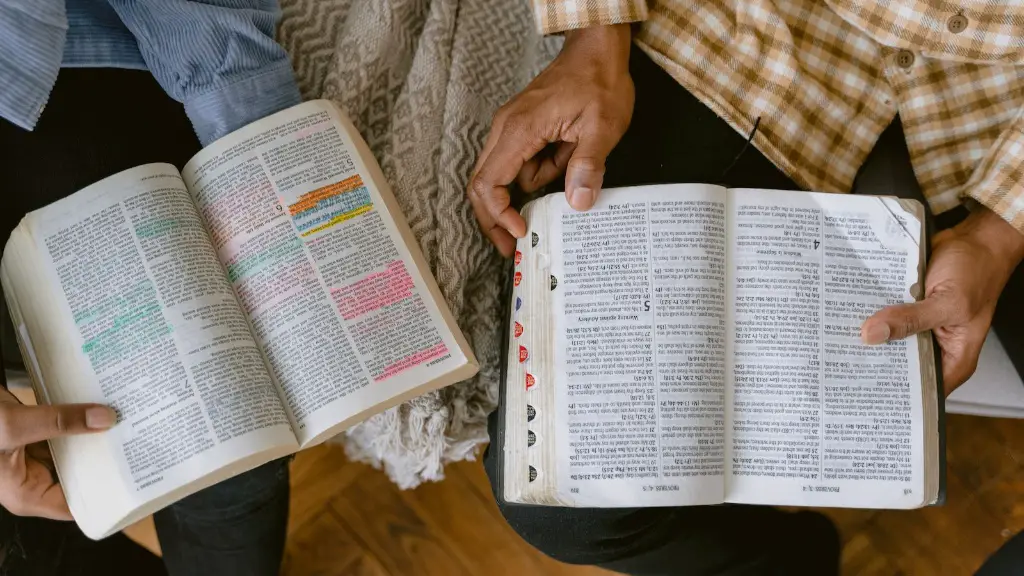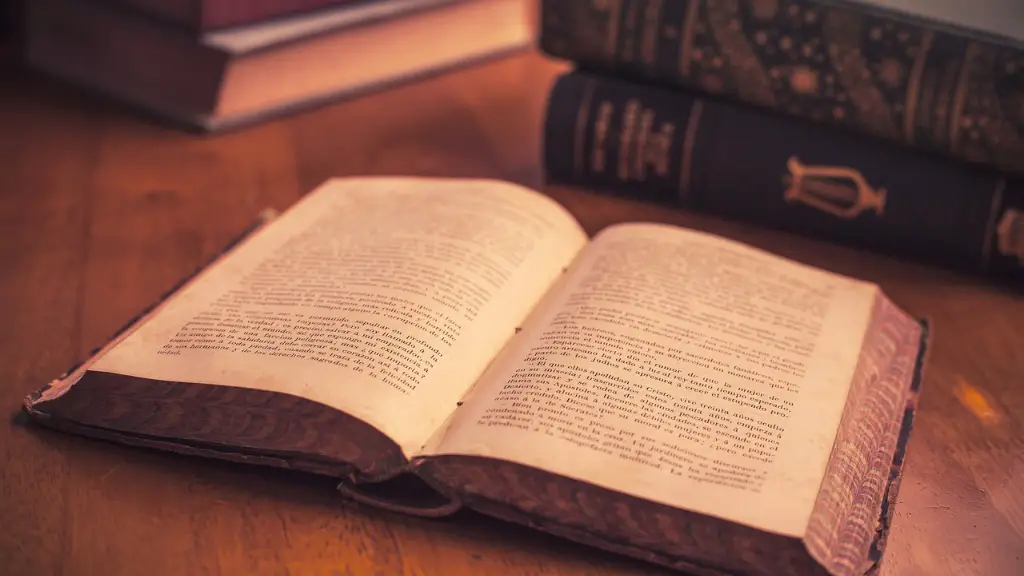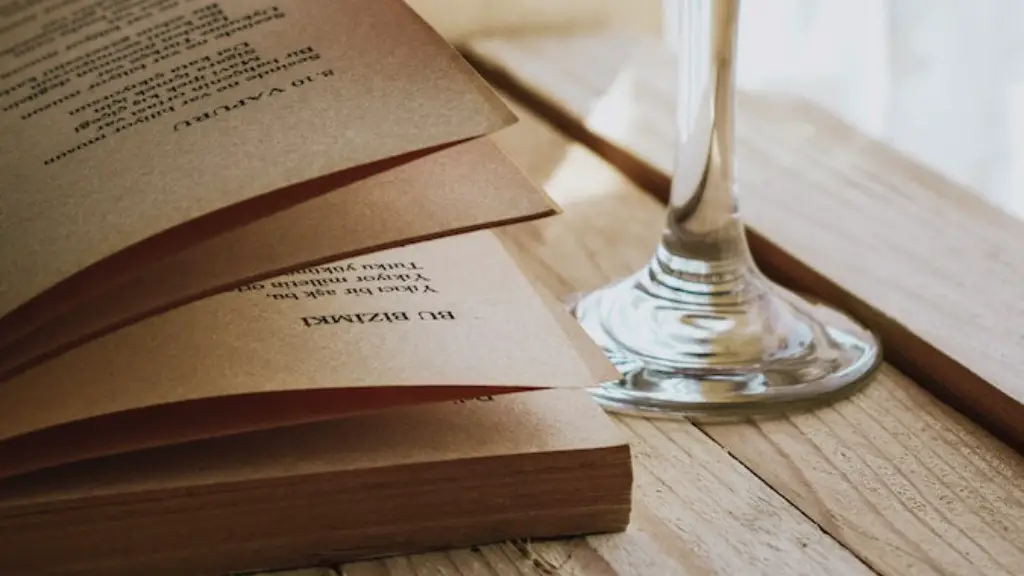Feet in Poetry
A foot is a unit of rhythm in a line of poetry. In examining poetry, scansion—a process of scanning and analyzing syllables in poetic lines—is used to identify the poetic feet and accents in the poem. It is generally accepted that the English language is composed of syllables of five basic feet: iambs, trochees, spondees, anapests, and dactyls. Each foot is composed of two or three syllables, and the placement of the stresses in the syllables lends to the poem its rhythmic quality.
For example, an iambic foot consists of two syllables, with the stress falling on the second: da-DUM. The trochaic foot is reversed, with the stress on the first syllable: DUM-da. The spondee is composed of two syllables linked together with the same stress, such as ba-BUM. An anapest is composed of three syllables, with the stress on the third: da-da-DUM, and the dactyl consists of three with the stress on the first: DUM-da-da. Feet in poetry vary from one language to another; for instance, in French poetry, the foot is defined as two syllables.
In verse poetry, feet are classified according to the number of syllables and the pattern of stressed and unstressed syllables. Generally, a poem is composed of one or more lines of a certain number of feet. The number of feet used in a line is determined by the meter of the poem. Most often, a poet will use the same type of foot in each line to create a metrical pattern, called a meter. For example, a poem written in iambic pentameter contains five feet per line, as long as the feet are in the pattern of an iamb.
Meter is the measure of a line or poem. A poem written in iambic pentameter contains five feet per line, as long as the feet are in the pattern of an iamb. The meter of a poem indicates the type and number of feet used in each line. A common meter in English poetry is iambic pentameter, which is composed of five alternating iambs per line. Other common meters are trochaic tetrameter, composed of four trochees per line, and anapestic tetrameter, composed of four anapests per line. The placement of these feet in a pattern gives the poem its characteristic sound.
In traditional poetry, feet are defined as a combination of stressed and unstressed syllables. However, in free verse poetry, the term “foot” does not refer to a strict pattern of syllables. Instead, it refers to any pattern of syllables, stresses, and pauses which gives the poem its meter and rhythm. Free verse poems may employ one or more feet, but often lack a strict sense of meter. This can give them a more spontaneous and unexpected sound.
Though feet are not always used in poetry, they remain an important part of poetic analysis. By understanding the rhythmic underpinnings of a poem, a reader can gain insight into its meaning and significance. Even in free verse poetry, the various elements of rhythm can give the poem structure and guidance.
Caesuras in Poetry
Caesuras, also known as poetic pauses, are a type of line break in which the syntax of the line is interrupted. These pauses can be used to enhance or alter the meaning or feeling of a poem by breaking it up into shorter and longer sections. The caesura can also be used as a tool to emphasize certain words and phrases or to create suspense in the poem.
A caesura can be either an intentional or unintentional pause. Unintentional pauses occur naturally in the line; for example, when the end of a line and the beginning of the following line are both short and can be read in quick succession. Intentional pauses, also known as rhetorical caesuras, are inserted consciously by the poet for effect. These pauses can be of any length, from a single word to several lines.
When used in poetry, caesuras can create a feeling of tension or anticipation. These pauses can also be used to directionally emphasize certain words and phrases, or to draw attention to certain images. Additionally, they can be used to create a sense of rhythm or to indicate shifts in the poem’s tone.
Caesuras can be useful when attempting to interpret a poem, as they can provide clues as to the meaning or direction of the poem. Some caesuras are introduced to emphasize certain words or grammar elements, while others are used to slow down the poem’s pacing. By recognizing these elements, a reader can interpret a poem’s true meaning more effectively.
Footnotes in Poetry
Footnotes are a tool used to add comments and additional information about specific words or phrases in a poem. They are traditionally placed at the bottom of the page on which the poem appears, but can also appear on the same page, below the line where the comment appears. Footnotes can refer to sources of information, or can offer explanatory notes about the poem’s meaning or themes.
Footnotes can be used to explain a wide variety of information. For example, a footnote could provide the definition of an obscure word or phrase, or clarify a reference to an historical event or cultural figure. It can also be used to explain a metaphor or provide an interpretation of the poem. Sometimes a footnote can offer an alternative interpretation to that suggested by the poem itself.
Footnotes are a useful tool for readers who are attempting to interpret a poem. They can provide additional context and insight and can help readers better understand the poet’s intent. They can also be useful when attempting to compare two poems or when analyzing a poem in terms of its symbolism or themes.
Footnotes are also helpful in illuminating poetic devices such as alliteration, assonance, and rhyme. In these cases, a footnote can more clearly explain the poet’s use of the device, or provide an analysis of the device’s effect.
Metrical Poetry
Metrical poetry is a type of structured poetry in which the lines of the poem are composed of a specific number of feet and follow a specific meter. This type of poetry has been used since the time of the ancient Greeks, and has been popular throughout the centuries, from Renaissance epics to Japanese haiku.
The feet of metrical poetry are units of rhythm constructed of two or three syllables, each with its own placement of stresses. This creates a pattern or meter which gives the poem its structure and sound. Generally, a poem is composed of one or more lines of a certain number of feet. The most common meters in English poetry are iambic pentameter, trochaic tetrameter, and anapestic tetrameter.
The meter of a poem will influence its meaning and feeling. In many cases, the meter can be seen to reflect the events of the poem itself, and can further emphasize certain words and phrases. Generally, the meter of a poem should be established prior to writing, but this rule can be broken in certain cases.
Metrical poetry is The most formal type of poem and often makes use of device such as rhyme and alliteration. This type of poetry is marked by its adherence to a particular meter, allowing a poem to maintain a natural rhythm and flow. Though metrical poetry can sometimes seem staid or traditional, certain poets have demonstrated how this structure can be used in innovative and creative ways.
Formatted Poetry
Formatted poetry is a type of poetry that uses specific line breaks and formatting techniques to convey meaning, create contrast, and emphasize certain words and phrases. Formatted poems are often composed of multiple, distinct sections with their own rhythms, pauses, and syntax. These sections are used to create emphasis and contrast, and add complexity to the poem.
Formatted poetry can also make use of techniques such as repetition, parallel structure, and alliteration. Each of these techniques is used to draw the reader’s attention to certain words or phrases, and can be used to create a sort of musicality in the poem. Generally, the layout of formatted poetry is used in order to emphasize certain ideas, images, or concepts.
Formatted poetry can range from relatively straightforward forms, such as the Shakespearean sonnet, to more innovative and experimental structures. This type of poetry is often used to experiment with syntax, line lengths, and sound. Formatted poems can also be used to create complex structures which convey multiple themes and ideas in a single poem.
Formatted poetry can offer the reader a unique and challenging experience. By experimenting with structure, the poem can take on a life of its own and offer new ways of experiencing and interpreting the poem. To get the most out of a formatted poem, one must pay attention to the structure of the poem itself and think about how each individual element contributes to the poem’s message.
Narrative Poetry
Narrative poetry is a type of poetry that tells a story. Narrative poems often center around a single event or character, and are often composed with a specific meter and rhyme scheme. This type of poetry dates back centuries, and can be seen in works such as Homer’s “The Odyssey” or Chaucer’s “The Canterbury Tales.”
Narrative poetry often follows a specific structure, typically telling a story with a beginning, middle, and end. This structure can be used to convey specific messages or ideas, or to create a certain mood or atmosphere. Narrative poems can also be used to explore complex themes and ideas, or to offer a unique perspective on a particular event or situation.
In addition to narrative structure, narrative poetry can also employ poetic devices such as metaphor, alliteration, and simile. These devices can be used to add texture and depth to the poem and to further emphasize certain words and phrases. Additionally, the narrator of a narrative poem can often be seen to represent the poet’s views or experiences, enabling the poem to explore new topics which could not be covered in traditional poetry.
Narrative poetry can offer a unique and immersive experience for the reader. By following the story from beginning to end, one can gain insight into both the narrative and the writer, gaining a better understanding of the poem’s message and themes. By understanding the structure and devices used in narrative poetry, one can read and interpret works of narrative poetry more effectively.
